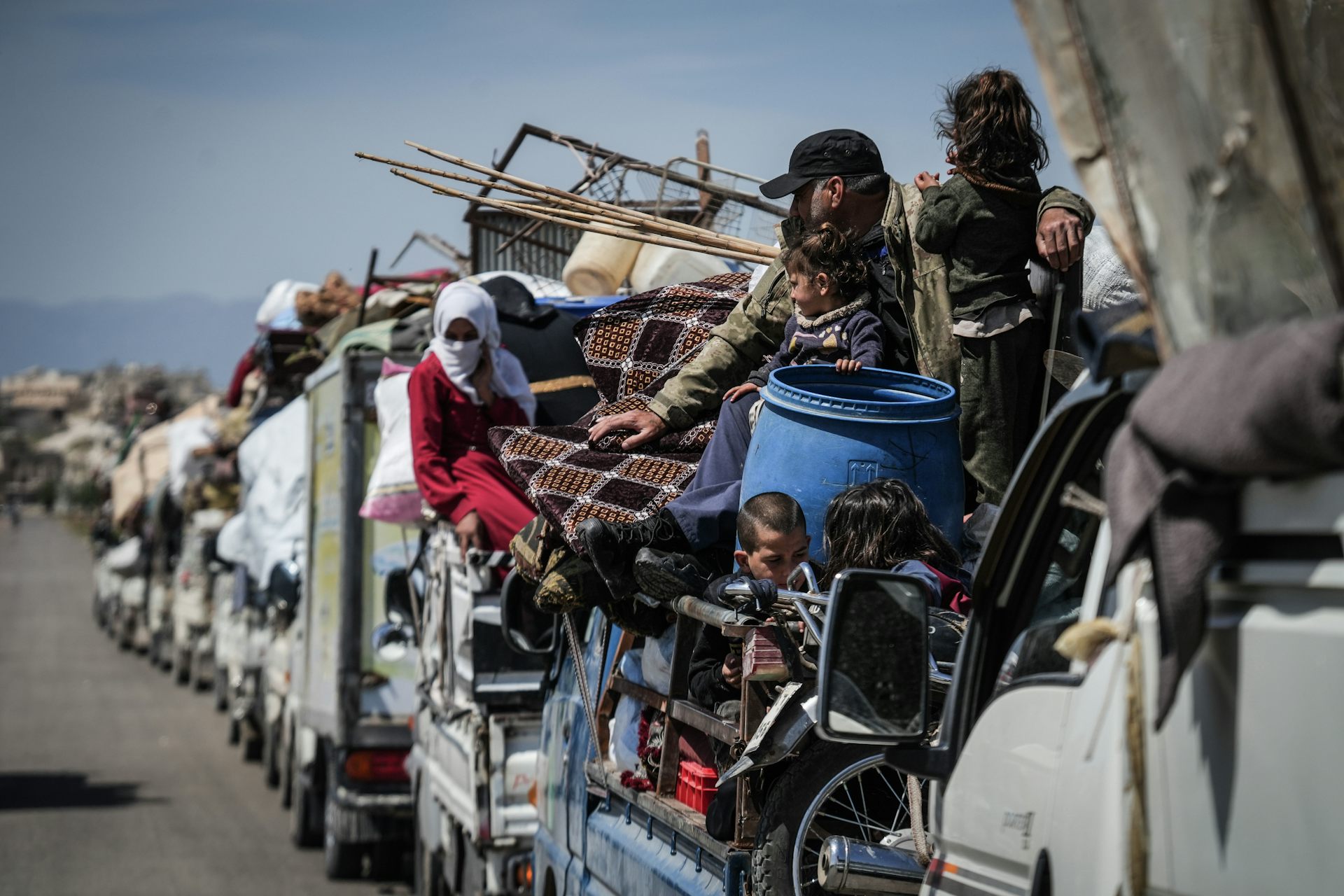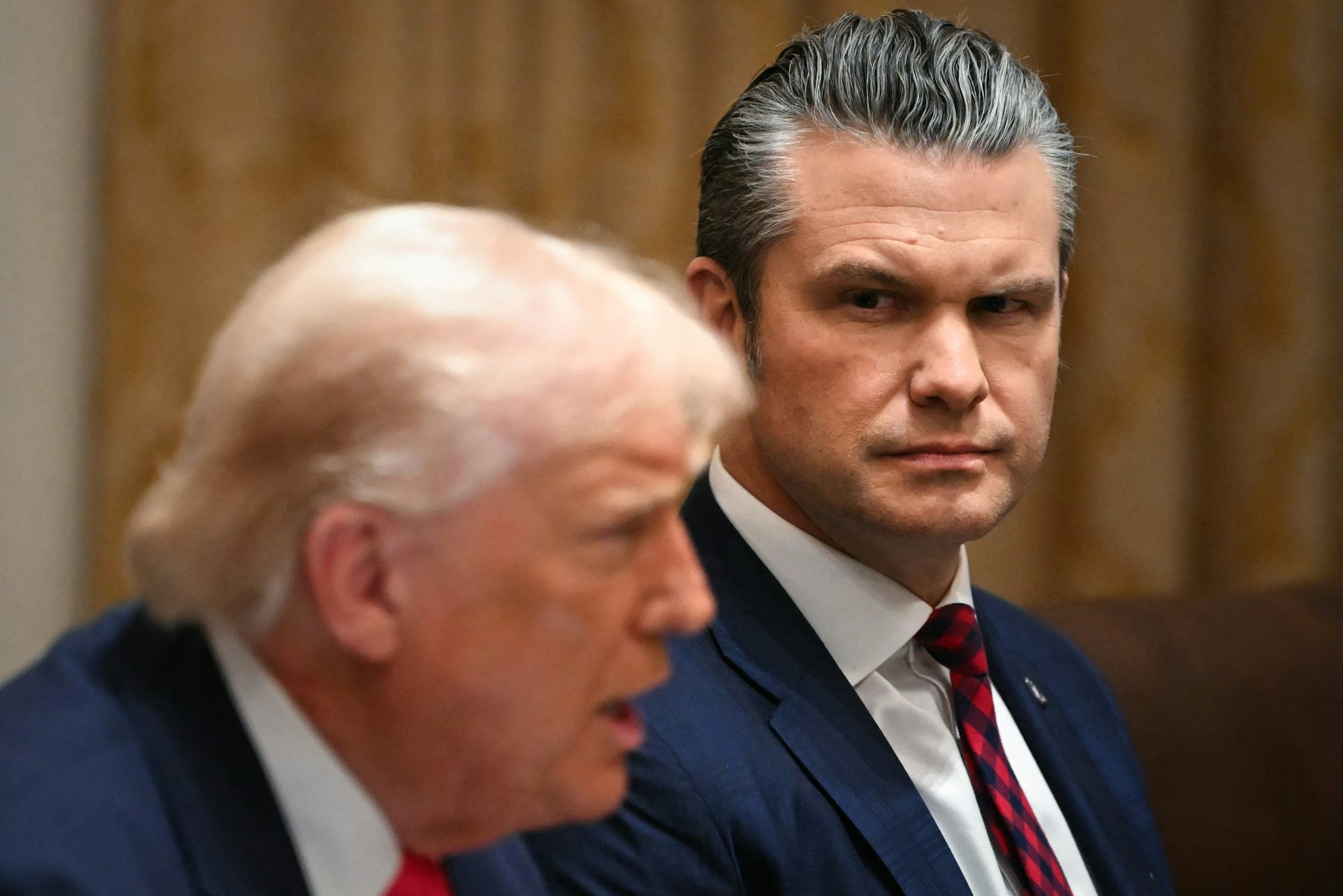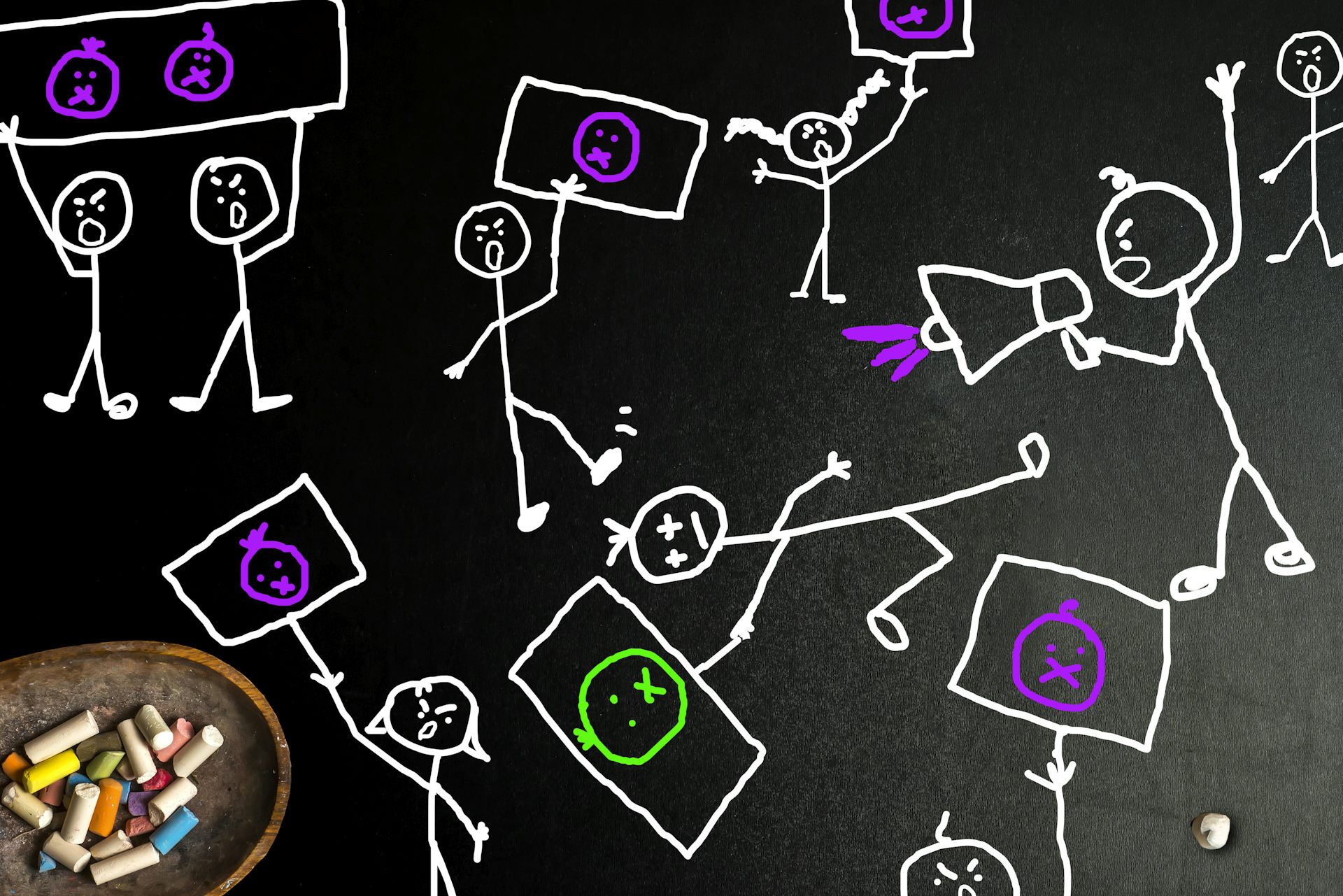What was the protest group Students for a Democratic Society? Five questions answered
Student protest has been in the political spotlight since Trump's election. Todd Gitlin, former president of Students for a Democratic Society, shares his perspective on protest in the 60s and now.

Editor’s note: The 2016 election brought student activism back into the spotlight. No student activist organization in U.S. history has matched the scope and influence of Students for a Democratic Society (SDS), the national movement of the 1960s. We asked Todd Gitlin, former president of SDS (1963-1964), professor of journalism and sociology at Columbia University, and author of The Sixties: Years of Hope, Days of Rage for his perspective on this renowned organization and the state of student protest today.
1. What were the goals of Students for a Democratic Society (SDS) when it started?
SDS wanted participatory democracy – a public committed to making the decisions that affect their own lives, with institutions to make this possible. Its members saw an American citizenry with no influence over the nuclear arms race or, closer to home, authoritarian university administrations.
The organization favored direct action to oppose “white supremacy” and “imperial war,” and to achieve civil rights and the radical reconstruction of economic life (i.e., the redistribution of money into the hands of African-Americans in order to fight racism). SDS was increasingly suspicious of established authorities and looked askance at corporate power. But there was no single political doctrine; for most of its existence (1962-69), SDS was an amalgam of left-liberal, socialist, anarchist and increasingly Marxist currents and tendencies.

From 1965 on, it was focused chiefly on opposing the Vietnam war. After 1967, SDS became partial to confrontational tactics and increasingly sympathetic to one or another idea of a Marxist-Leninist revolution.
2. How did SDS grow so quickly, from fewer than 1,000 members in 1962 to as many as 100,000 in 1969?

The organization was launched with a stirring manifesto, the Port Huron Statement, and a leadership that was passionate, visionary, energetic, stylish and thoughtful.
Unlike most left-wing radicals and manifestos of the time, the Port Huron Statement was forthright and not riddled with jargon, thus its opening sentence:
“We are people of this generation, bred in at least modest comfort, housed now in universities, looking uncomfortably to the world we inherit.”
SDS, in language and spirit, spoke to a widely felt need for a New Left that was free of the dogmas about “class struggle” and a “vanguard party” that prevailed in the 1930s, 1940s and 1950s.
Its growth was helped along by a structure that, for many years, was flexible enough to encompass diverse orientations and styles of activism. Its volcanic growth after the 1965 escalation of the Vietnam War was made possible by its combination of zealous idealism and pragmatic activity that made sense to students – protests, demonstrations, sit-ins and marches.
3. Why did the SDS effectively dissolve in 1969? Were the Weathermen (the militant radical faction of SDS) to blame?

Under the pressure of the Vietnam War and black militancy in the wake of Martin Luther King Jr.‘s assassination, SDS’ leadership factions adopted fantastical ideas, believing they were living in a revolutionary moment. The Weathermen were the most ferocious, dogmatic and reckless of the factions. Inspired by Latin American, Southeast Asian and Chinese revolutionaries, but heedless of American realities, they thought that by stoking up violent confrontations, they could “bring the war home” – force the U.S. government out of Vietnam to deal with a violent domestic revolt.
On March 6, 1970, a dynamite bomb they were building in New York City – intended to blow up hundreds of soldiers and their dates at a dance that evening – went off in their own hands, killing three of their own number. The Weather Underground (as the faction now called itself) went on to bomb dozens of government and corporate targets over the next few years, but the group was incapable of leading a larger movement: Though there were no further casualties after the 1970 explosion, the vast majority of SDS’ members were put off by the Weatherman violence. As the Vietnam War came to an end, no student radical organization remained.
4. What is the chief legacy of SDS?
SDS tried many tactics in its effort to catalyze a national radical movement. It was multi-issue in a time when single-issue movements had proliferated: hence, the SDS slogan “the issues are interrelated.” With community organizing projects, it tried to create an interracial coalition of the poor; it launched civil disobedience against corporations like the Chase Manhattan Bank, which was seen to be supporting the South African apartheid regime; it helped launch the most effective antiwar movement in history; it incarnated a generational spirit that was both visionary and practical.
SDS also engendered second-wave feminism, though sometimes in a paradoxical fashion. Many female members felt both empowered and thwarted – they gained skills and experience in organizing, but were angered by their second-class status in the organization.
But SDS’s confrontational tendencies from 1967 onward bitterly alienated much of its potential political base. In my view, the group’s romanticism toward the Cuban, Vietnamese, and Chinese revolutions – and its infatuation with the paramilitary Black Panther party – flooded out its common sense and intellectual integrity.
5. How has campus protest changed since the days of SDS?
Many changes that SDS campaigned for came to pass. Student life loosened up and became less authoritarian. In the decades since, students have taken on issues that were not raised – or even recognized – 50 years ago: climate change, sexual violence and racial subordination through the criminal justice system. On the other hand, campus protest is dominated by single issues again, as it was in the period before SDS. Much of the current issue-politics rests on an assumption that racial, gender or sexual identity automatically dictates the goals of student activism.
I also believe that student protest has become far more modest in its ambitions. It has abandoned extreme revolutionary delusions, but at some expense. It has failed to build a tradition that’s serious about winning power: Students are content to protest rather than work toward building political majorities and trying to win concrete results.
I feel that student protest today often confines itself within the campus and fails to sustain organizing outside. As the right threw itself into electoral politics, student activists largely dismissed the need to compete. As a result, students of the left face the most hostile political environment in modern times.
Editor’s note: For analysis of other issues on campus protest, see our entire series on student protest.
Todd Gitlin does not work for, consult, own shares in or receive funding from any company or organization that would benefit from this article, and has disclosed no relevant affiliations beyond the academic appointment above.
Read These Next
Hope and hardship have driven Syrian refugee returns – but many head back to destroyed homes, land d
A quarter of the 6 million Syrians who fled the country during the decadelong civil war have returned…
Pete Hegseth could be investigated for illegal orders by 5 different bodies – but none are likely to
Allegations are swirling around a US military strike on an alleged drug boat that resulted in 2 civilian…
Meditating on the connectedness of life could help reunite a divided country – here’s how ‘interbein
Meditation can change our perceptions about things we encounter in our daily lives − revealing the…





